

If you are experiencing pain in your knees, you are probably eager to relieve it any way you can. Be it through painkillers, aspirin, or simply icing the afflicted knee, you’re likely seeking any relief you can get. What you may not know is that there is a way to not only get short-term relief but to resolve the issue in the long term as well.
Any physician or physical therapist worth their salt will tell you that exercise is one of the best methods for resolving long-term knee pain. The real question is, what kind of exercise best suits the pain? First, it can be worthwhile to examine the cause of the pain you experience.
One of the most notorious conditions responsible for chronic knee pain is IT Band Syndrome. IT Band Syndrome often manifests as a stabbing sensation in the knees that can be overwhelming. Those of you who are not regularly exercising or are just getting back into exercising are among the highest risk for IT Band Syndrome due to what exactly causes it.
IT Band Syndrome is a connective tissue injury inflicted from overuse. If you are overworking your muscles when they are not accustomed to such intense workout regimens, you are more likely to strain them and damage the connective ligaments in the joint.
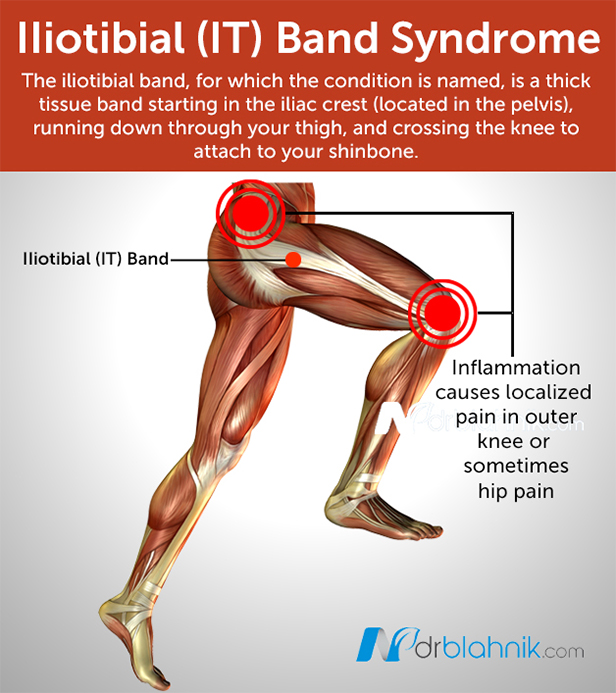
The iliotibial band, for which the condition is named, is a thick tissue band starting in the iliac crest (located in the pelvis), running down through your thigh, and crossing the knee to attach to your shinbone. The iliotibial band runs against the bony condyle, usually protected by a sac or bursa, and suffers from pain when it becomes inflamed from overuse.
If the symptoms of IT Band Syndrome are ignored, the inflammation becomes more severe and will scar the bursa, hindering the knee’s range of motion. While the primary treatments for IT Band Syndrome are the typical rest, ice, compression, and elevation (RICE) treatment plan, physical therapy and exercise that takes some pressure off the knees can help reinforce the afflicted area and reduce chronic pain.
While a resistance band is a helpful piece of equipment, you still need to find exercises that will help you cope with the pain stemming from your knee. Fortunately, exercise has become a vast industry backed by medical science. According to Healthline, there are ten proven exercises that are tried and tested to be effective for treating knee pain. The first three are stretching exercises to get you warmed up:
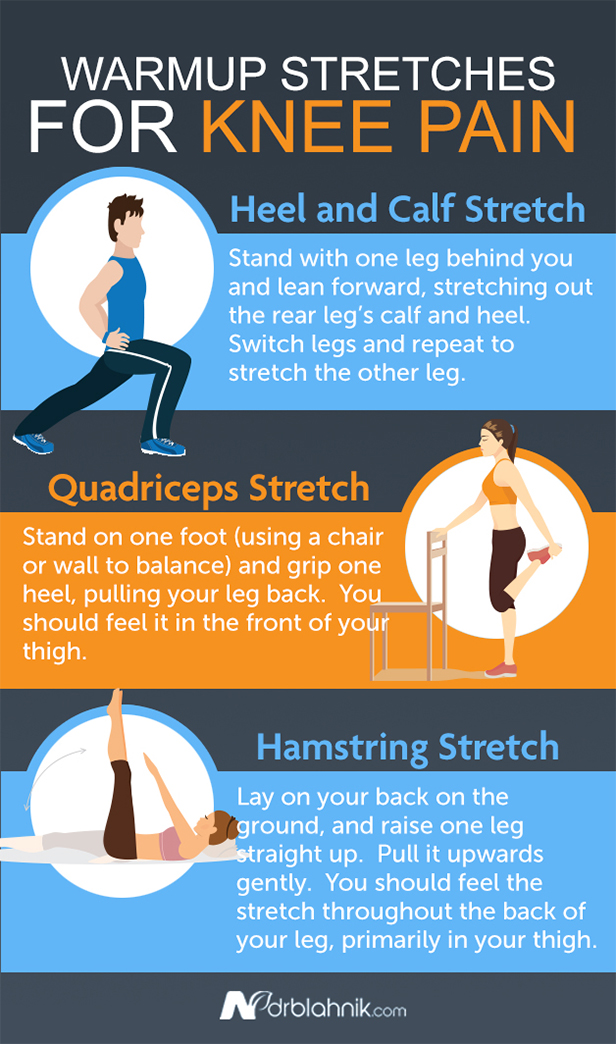
The remaining seven exercises are strengthening exercises that bolster the muscles and make them more resilient. These are the exercises that could help your body recover from pain:
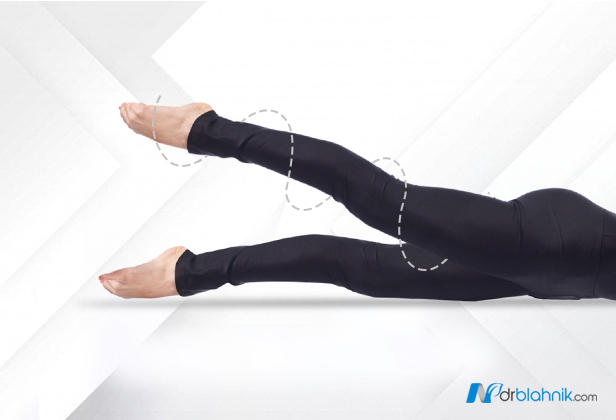
You can see more detailed descriptions of how to perform these exercises, as well as gifs of them in action, here.
These are not all the exercises that will help with your pain, but merely ten of the most popular. However, these exercises are more commonly performed without the aid of resistance bands. There are always ways to better tend to your chronic knee pains.
You might be wondering to yourself, “what is a resistance band?” A resistance band is an elastic band that, as the name implies, resists pressure. Generally, resistance bands are used in strength training programs to build up muscle. However, they can also be used for physical therapy treatments. Resistance bands offer a great number of benefits and advantages that other exercise equipment might lack.

A resistance band is an all-around modular piece of exercise equipment that strains your muscles to reinforce them. The more your body is forced to strain itself, the stronger the resulting muscles become. The stronger your muscles are, the less pain you will experience.
While some basic exercises may be of use in reconciling the chronic pain induced from IT Band Syndrome, using a resistance band to supplement the exercise will help reinforce the knee and reduce any long-term pain that may occur. The workout site, Set for Set, recommends these six exercises using a resistance band to relieve knee pain:

The six exercises are best combined with a resistance band due to how the resistance band helps rehabilitate the knee. The resistance band allows the strengthening of the tendons, connective tissue, and muscles around your knee without the hard impact of directly exercising the knee itself. This makes resistance bands a superb choice for the rehabilitation of your knee after suffering from IT Band Syndrome.
Another fitness company, TheraBand, has its own recommendations for rehabilitation from knee injuries. TheraBand’s regimen recommends a two-step rehabilitation course focusing on different workout types to combat IT Band Syndrome while using resistance bands as a supplementary tool for the best results.
TheraBand’s first step is focusing on strength development. IT Band Syndrome relates heavily to weakness and instability; therefore, enhancing and reinforcing the muscles provides relief. TheraBand’s regimen recommends hip abductor, hip extensor, and Gluteus Medius strengthening exercises.
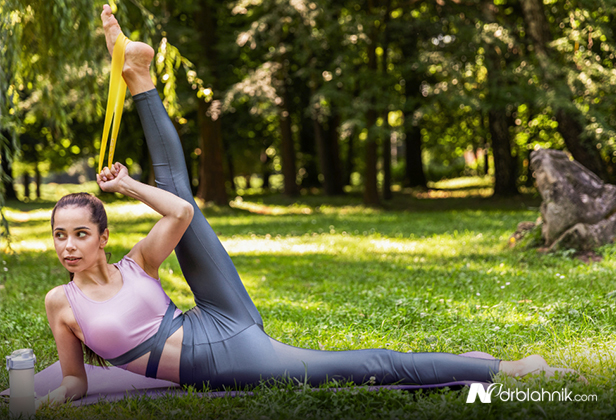
True to the basic exercises without resistance bands, TheraBand recommends using stretching exercises to loosen the muscles before strengthening them. Increasing flexibility helps overcome the strain and tension that leads to IT Band Syndrome and, therefore, resolve the chronic pain that manifests. Using additional tools such as rollers or exercise balls can help you stretch more effectively.
There is a fine line between rehabilitation and exacerbation, especially if you suffer from sensitive joints or have preexisting injuries. To this end, there are several exercises and activities you would be wise to avoid pending your rehabilitation. The first thing you should do is test the waters. Regardless of your experience level with exercise, always start exercises with the lowest level resistance band to determine how much pain you will be experiencing.
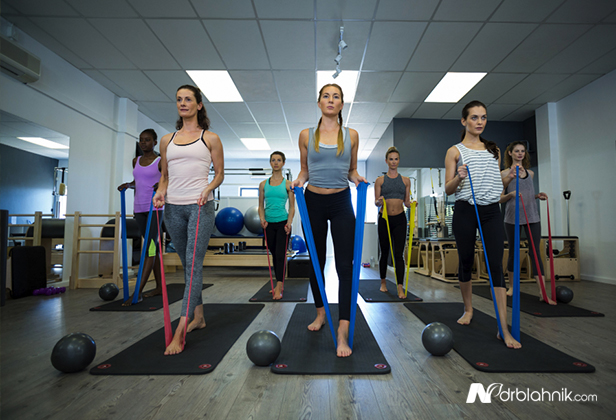
It is never a good idea to jump to the highest level under the impression it will accelerate the healing process since you are more likely to cause even more damage.
You can also take some precautions to prevent knee injuries like IT Band Syndrome from happening in the first place.
If you are a runner who favors indoor tracks or running strictly in one direction, you will do well to reconsider. Running consistently in the same direction causes an artificial tilt to your pelvis, which boosts the risk of inflammation. If you are a cyclist, you should remain aware of how you pedal. It is an unconscious reflex to pedal with your toes curled in, but this is liable to cause an abnormal stretching of the iliotibial band at the knee.
Unfortunately, like many conditions, certain factors are out of our control that contributes to the likelihood of knee and joint pains. Conditions like; arthritis, bowed legs, or general musculoskeletal conditions developed from genetic factors can lead to knee pain over time.
If exercise is not an option for your recovery, there are other ways to heal yourself. Products like InflammaZone help reduce inflammation and pain without exercise when the rehabilitation courses run the risk of doing more harm than good.
It may seem all well and good to inform you of how to use resistance bands to enhance your rehabilitation regimen, but you are likely wondering where to find resistance bands that have a good reputation or are affordable for your needs. Fortunately, we have a list ready to go for you:
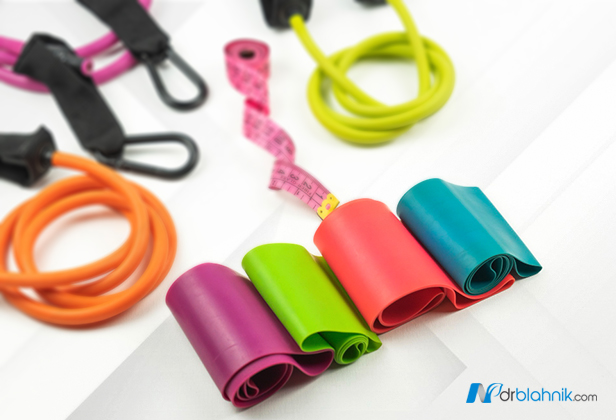
Choosing from any of these brands of resistance bands will leave you excellently supplied for your rehabilitation course. The beauty of these bands is that most of them are highly affordable and equally effective, with one of the best sets barely exceeding $5. So, if you are looking into supplying yourself with the tools you need to begin a physical therapy regimen, look no further than Amazon’s offerings of some of the most effective brands of resistance bands for your needs.
Iliotibial Band Syndrome is one of the most painful and frustrating conditions athletes deal with. But with the right tools and exercise, it can not only be treated but prevented. Following the guidelines of proper exercise form and using the resistance bands to strengthen your muscles, you will be able to overcome any lasting pain.
It is still important to remember that other factors contribute to the manifestation of IT Band Syndrome, such as other genetic conditions that cannot be avoided. Still, there exist supplements to help treat the inflammation even when exercise is not a viable option.
If you feel that intense pain in your knees, consult your physician or your physical therapist and get to work on the treatment that best suits you.